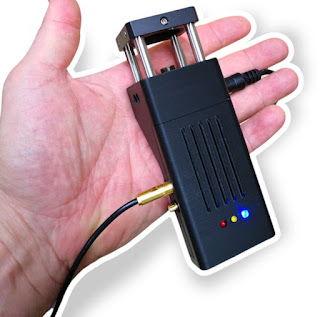PIVlab 3.00 released

I have just released PIVlab 3.00. There are several changes in the way the graphics are drawn, the way the data is exported and the way it interacts with masks / calibration and region of interest: New graphics: Transparency, masks are transparent, only ROI is opaque Colorbar is now outside the plot for much improved readability Export image data as .mp4 and as .png image Completely new mask handling, allowing much easier mask creation / modification. Mask stay editable all the time. Much easier to create holes in masks Mask operations like shrink/grow/simplify/subdivide/optimize Automatic mask generator, capable of automatic masking of bright areas / dark aread / low-contrast areas. Possibility to add more automatic mask generators in the future Mask import (of user generated masks) heavily improved Matlab Online fully supported New line extraction and area extraction interface: More straightforward and faster. Better interaction Natural file name sorting when importing image files













